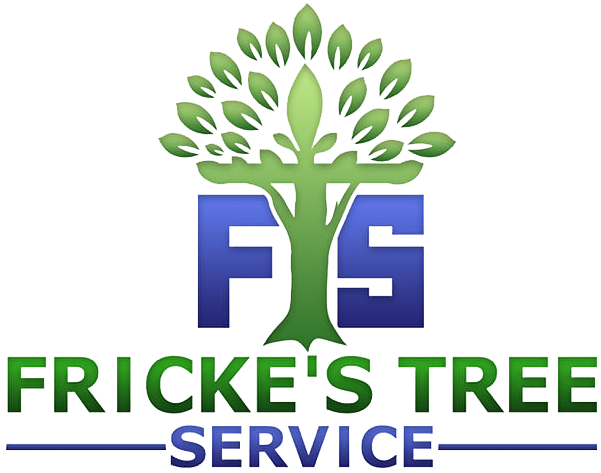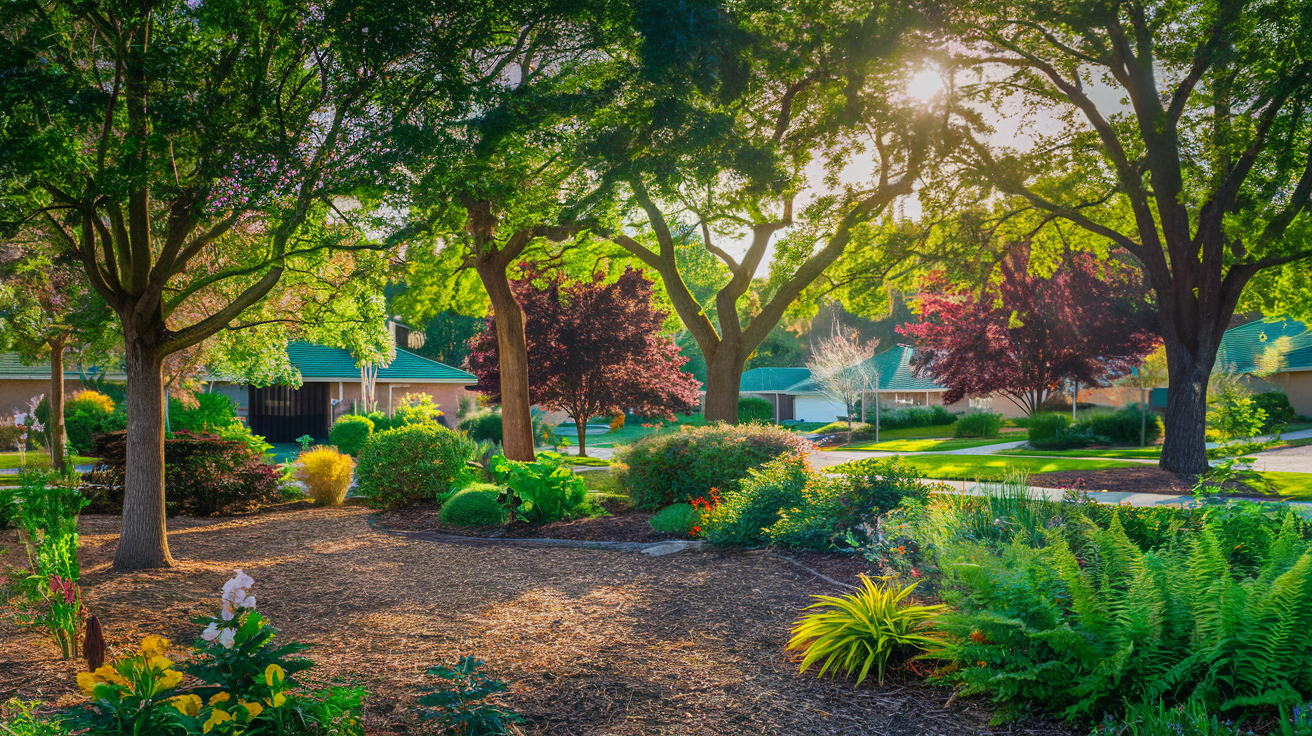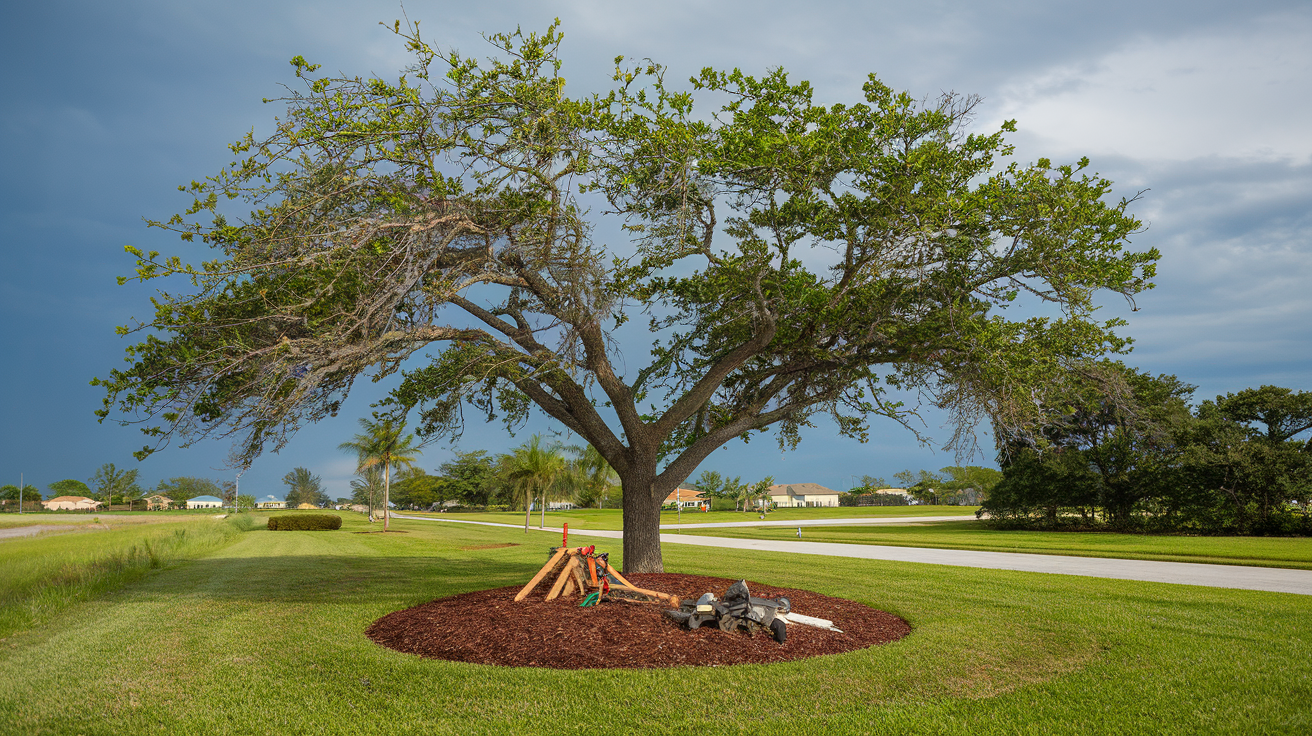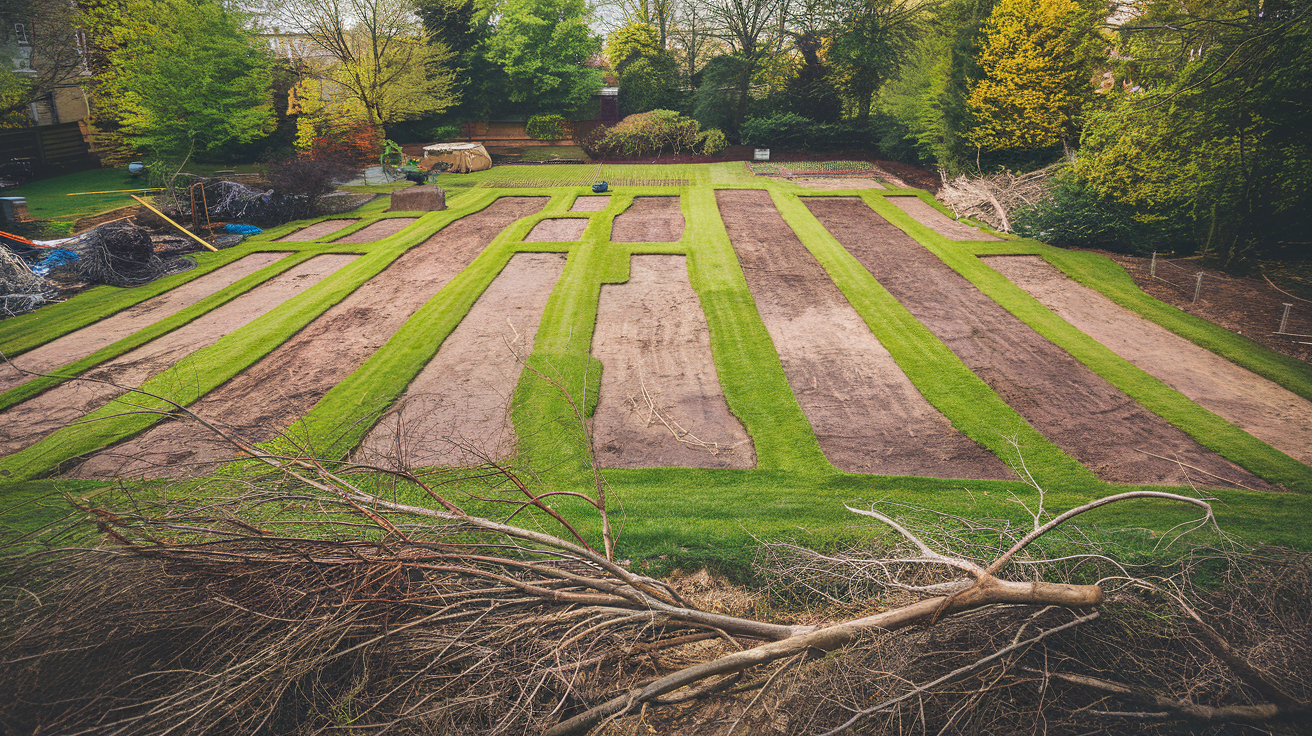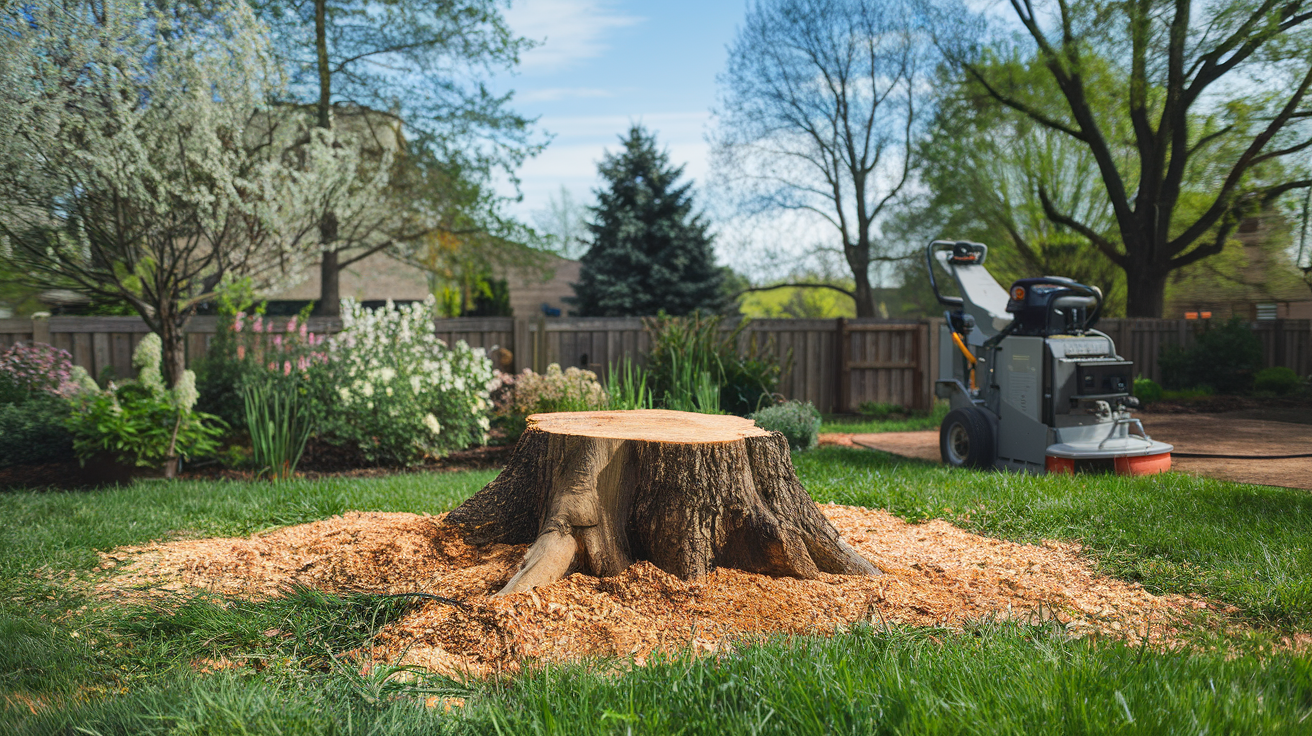Fricke's Tree Service
How to Spot Trees That May Need to Be Removed
Why Some Trees Need to Go: Understanding Root Damage and Foundation Issues
Introduction
Trees are often seen as a vital part of our environment, providing shade, beauty, and even improving air quality. They contribute to the aesthetic appeal of our landscapes and offer habitats for various wildlife. However, there are instances when trees can become a liability, particularly when their roots start to cause damage to nearby structures. In this blog post, we will explore the reasons why some trees need to be removed, focusing on root damage and foundation issues that can arise from their growth.Understanding Tree Roots
Tree roots play a crucial role in the overall health and stability of a tree. They anchor the tree to the ground and absorb water and nutrients essential for its growth. However, not all roots are created equal, and their behavior can vary significantly among different species. Here are some key points to consider when thinking about tree roots:- Types of Roots: Trees have two main types of roots: structural roots that support the tree and feeder roots that absorb nutrients and water from the soil.
- Root Growth Patterns: Some trees have aggressive root systems that can spread far beyond the tree's canopy, potentially encroaching on nearby structures and utilities.
- Soil Conditions: The type of soil can significantly affect root growth; compacted or poor-quality soil can lead to shallow root systems that may not provide adequate support for the tree.
How Tree Roots Cause Damage
While trees are beneficial to the environment and our properties, their roots can sometimes lead to significant issues for homeowners. Here are some common ways tree roots can cause damage to structures and landscapes:1. Foundation Damage
One of the most serious issues caused by tree roots is damage to building foundations. Roots can exert pressure on foundations, leading to various problems, including:- Cracks: Roots can create cracks in the foundation walls, which can compromise the structural integrity of the building and lead to costly repairs.
- Shifting: As roots grow, they can push against the foundation, causing it to shift and settle unevenly, which may result in further structural issues.
- Water Intrusion: Cracks can allow water to seep into the basement or crawl space, leading to mold and mildew issues that can affect indoor air quality and health.
2. Sidewalk and Driveway Damage
Tree roots can also cause damage to paved surfaces, such as sidewalks and driveways. This can result in various problems, including:- Uplifting: Roots can lift concrete slabs, creating tripping hazards for pedestrians and potentially leading to liability issues for homeowners.
- Cracking: The pressure from roots can lead to cracks in asphalt and concrete, which can worsen over time and require expensive repairs.
3. Utility Line Disruption
Tree roots can interfere with underground utility lines, causing significant issues that may require immediate attention:- Blockages: Roots can grow into sewer lines, leading to blockages that can cause sewage backups and costly repairs.
- Damage: Roots can damage water and gas lines, leading to leaks and other issues that can pose safety hazards for homeowners.
Signs of Root Damage
Identifying root damage early can help prevent more severe issues down the line. Here are some signs to look for that may indicate root-related problems:- Cracks in Walls: Look for vertical or horizontal cracks in your foundation walls, as these can be indicators of shifting caused by tree roots.
- Uneven Floors: If your floors are sloping or uneven, it may indicate foundation issues caused by tree roots pushing against the structure.
- Tree Health: If a tree appears unhealthy, has discolored leaves, or is leaning, it may be a sign of root problems that need to be addressed.
Assessing the Risk
Not all trees pose the same level of risk to your property. When assessing whether a tree should be removed, consider the following factors that can influence the potential for damage:1. Tree Species
Some tree species are known for their aggressive root systems that can cause significant damage. Common culprits include:- Willows
- Maples
- Poplars
2. Proximity to Structures
The closer a tree is to your home or other structures, the greater the risk of damage. Trees planted within:- 10 feet of a foundation are at higher risk of causing issues that may require removal.
- 15-20 feet may still pose a risk, depending on the species and root growth patterns.
3. Soil Conditions
Poor soil conditions can exacerbate root problems and increase the likelihood of damage. Consider:- Compacted soil that restricts root growth and can lead to instability.
- Soil that retains water, leading to shallow root systems that may not provide adequate support for the tree.
Preventive Measures
While some trees may need to be removed, there are preventive measures you can take to minimize root damage and protect your property:1. Proper Tree Placement
When planting new trees, consider their mature size and root growth patterns. Aim to plant:- At least 10-15 feet away from foundations to reduce the risk of damage.
- In areas with adequate space for root expansion to promote healthy growth.
2. Regular Inspections
Conduct regular inspections of your property for signs of root damage. Look for:- Cracks in foundations or paved surfaces that may indicate underlying issues.
- Signs of tree stress or leaning that could suggest root problems.
3. Root Barriers
Installing root barriers can help redirect root growth away from structures. Consider:- Using physical barriers made of plastic or metal to protect foundations and paved surfaces.
- Planting trees with less aggressive root systems to minimize potential damage.
When to Remove a Tree
Deciding to remove a tree is not always easy, but sometimes it is necessary for the safety of your property. Here are some indicators that a tree should be removed:1. Severe Damage
If a tree has caused significant damage to your foundation or other structures, removal may be the best option to prevent further issues.2. Health of the Tree
A tree that is unhealthy or dying may pose a risk of falling, making removal a safer choice for your property and its occupants.3. Proximity to Structures
If a tree is too close to your home and poses a risk of root damage, it may be time to consider removal to protect your investment.Conclusion
Understanding the relationship between tree roots and foundation issues is crucial for homeowners. While trees provide many benefits, including shade and beauty, it is essential to recognize when they may become a liability. Regular inspections, proper tree placement, and timely removal can help protect your property from root damage and associated problems. If you suspect that a tree on your property may be causing issues, it is advisable to consult with a professional arborist or tree service to assess the situation and determine the best course of action. For more information or to request an estimate, please reach out using this link. Taking proactive steps can help ensure the safety and integrity of your home while allowing you to enjoy the beauty that trees bring to your landscape.SHARE POST
RECENT POSTS
Interested in Our Services?
Get in touch today to discuss your next project and we will happy to answer any questions and provide you with a no-obligation FREE Estimate.
